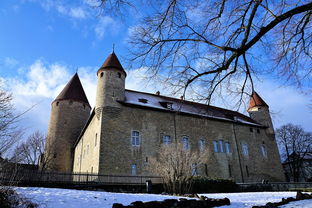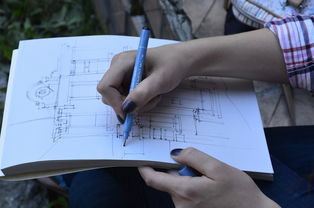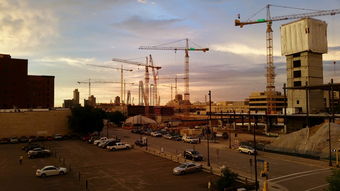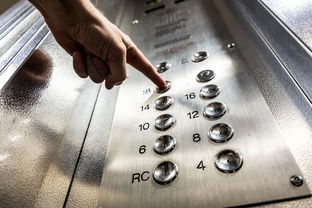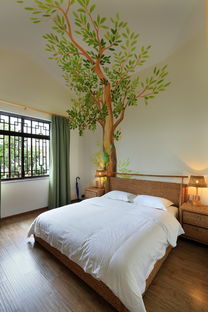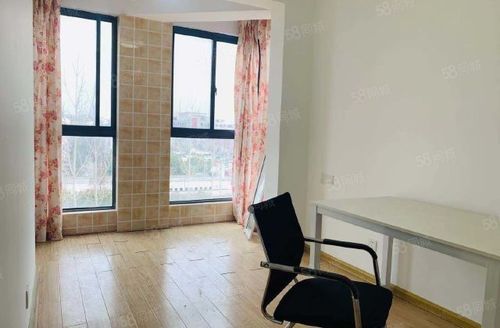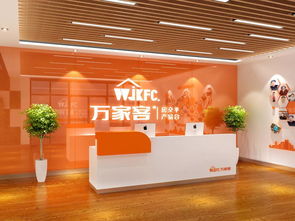It seems you are interested in details about the dimensions of architectural relief materials (浮雕建材尺寸) from Guangdong. Architectural reliefs, also known as architectural embossed or sculpted elements, can vary greatly in size and scale, depending on their intended application (such as decoration for buildings, walls, ceilings, etc.).
Key Considerations for Dimensions:
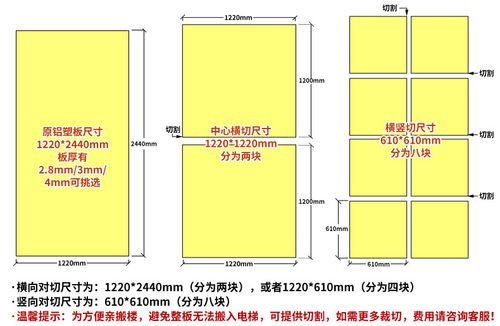
1.
Purpose and Placement
: The dimensions will primarily depend on where the relief is to be placed. For example, a relief for a large public building facade will be significantly larger than one designed for residential interior decor.2.
Material
: Common materials include concrete, plaster, ceramics, stone, or modern composites. Each material has its own constraints and possibilities regarding size and detail resolution.3.
Manufacturing Method
: Traditional hand carving, casting, or modern methods like CNC machining affect the feasible size and complexity.Typical Dimensions:
Small Reliefs
: These are often used for interior decorations, furniture inlays, or as architectural accents. Sizes can range from as small as 10 x 10 cm to about 60 x 60 cm.
Medium Reliefs
: Used for larger interior walls or exterior features on residential buildings. These could measure from about 1 x 1 meter to 2 x 2 meters.
Large Reliefs
: Designed for significant architectural features on the exteriors of large buildings or for public art. Dimensions could exceed 5 x 5 meters, sometimes covering entire facades.Customization:
In Guangdong, as in many places with a rich tradition in manufacturing and crafts, custom sizes are very common. Manufacturers often offer bespoke services, where dimensions and motifs can be tailored to specific architectural needs and client preferences.
Local Suppliers:
Guangdong, being a hub for manufacturing and traditional Chinese arts, hosts numerous manufacturers that specialize in architectural reliefs. These suppliers might offer a catalog of standard sizes but usually can accommodate specific requests. For precise needs, it’s best to contact suppliers directly, providing them with specific requirements and possibly architectural drawings.
Conclusion:
If you're looking into specific dimensions for a project, consider the architectural context, the visual impact desired, and the practical aspects of installation and maintenance. Contacting local manufacturers or suppliers directly to get advice and possibly even technical drawings and mockups would be the most effective way to ensure that the relief fits both the aesthetic and practical needs of your project.

